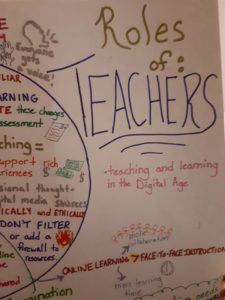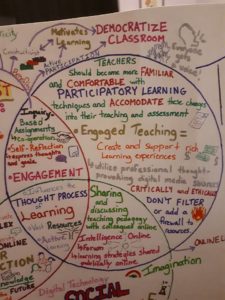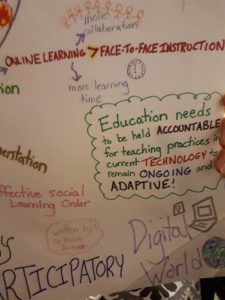We live in a world where finding resources like pencils, paper, overhead projectors and books in a classroom is almost obsolete. Digital technologies have taken over our education system and is calling for the changing of mindsets, especially from schools, teachers, learners and forms of assessment. In an article entitled “Teaching In A Participatory Digital World” by Dr. Michele Jacobsen, she begins to discuss the importance of incorporating and encouraging digital participation within our education systems, particularly in the classroom.
For this reflection I decided to use Piktochart to create an infographic summarizing and discussing Jacobsen’s article. Although there were many restrictions within the application that could only be accessed by paying for the premium version, there are still many ways to create and personalize the infographic. I really enjoyed that the background colour/image could be changed for each panel. Personally, I enjoy when all of my visuals are uniform throughout a project so I decided to go with the same background for each panel of this project. However, the option is there if you want to alter the background of any panel. It was very easy to navigate through the application, change text size and colour, add images and move things around. I would highly recommend Piktochart to anyone thinking of making an infographic for their multimedia reflection.
Throughout the article I got a strong sense of relationship and connection between teacher and student, especially in the digital world using Web 2.0 applications. It has been discussed many times, in many classes, how important reflection of practice is in the teaching profession. What this article touched on, that I never really thought about, was also how important reflection of student work and process is as well and how this student reflection impacts and effects the teachers reflection. A teacher must perform a reflective practice on their lesson, technology use in their lesson, was the use of technology effective for the purpose of the lesson and many other things. The teacher should also ask the students to perform a reflection on their work and their practice and this reflection should impact how the teacher reviews their lesson. Thus, a cyclical process between teacher reflection impacting students and students reflection impacting teachers. I had never made this connection, or realized the importance of this connection, until I read the Jacobson article and now I strongly believe it is something that each and every educator should make a part of their teaching practice.
This article also got me thinking of how I can make sure I am encouraging participatory learning within my own classroom, but also how I can ensure this is also being encouraged within my school, my school board and on a larger scale (i.e., schools within the province and with the Ministers of Education). With mental health issues becoming more prevalent, especially in secondary schools, there are more and more students having a harder time participating in class discussions due to things like anxiety. However, these students that may struggle with verbal communication can participate in online forums and discussions without any difficulties. By incorporating online discussions, whether it is through a blog or discussion board, a teacher can make these specific students still feel like they are a part of the class and contributing positively to the lesson. Including more digital technology and digital participatory activities in the classroom through various Web 2.0 applications allows the teacher to create a more inclusive classroom environment as well as producing forms of assessment and activities that target various students in the class with various learning preferences. Connecting this topic back to encouraging digital participatory learning outside of my own class, it makes me question how I can step into a new role of advocacy for this type of learning and what steps I can take to allow myself to take on this role of advocacy throughout my school board and the entire province as well. These may seem like big dreams but if there isn’t small people like me thinking of making these differences, quite frankly, I am not sure if they will every come to fruition.
Overall, I agree with many of the ideas put forth by Jacobsen in this article, but it does lead me to some questions. For example, not all schools have the same funds allocated towards technology availability to students. So, if you are teaching at a school like this, perhaps incorporating digital participatory learning may be difficult for a given class. Are there ways that we can get around this through things like trips to the public library, or online demonstrations only made by the teacher? But if we do that, the digital technology is no longer used for participatory purposes. Additionally, there may be a class that does not respond as positively to this method of teaching and learning. In this case, a teacher may need to alter the way they incorporate participatory technology into their classroom.
Well, those are my thoughts! Enjoy my infographic!
-Faith Hudvagner
P.S Because my infographic is so large, when I put the image in directly it is too small to be even legible. I have attached the link to this image to bring you to view it on the web. Hopefully this is easier for you! Darn technology, making our lives easier and more difficult all at the same time! Oh well, Enjoy!


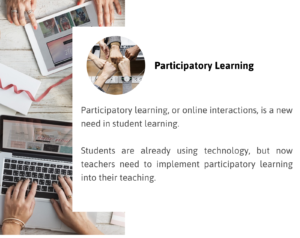
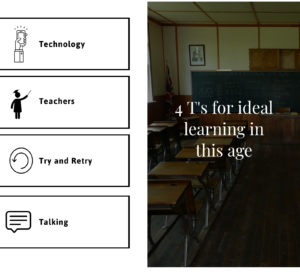
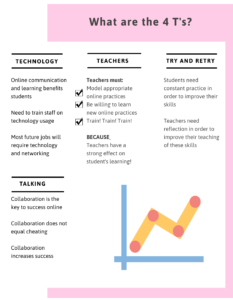
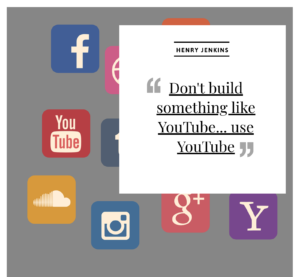

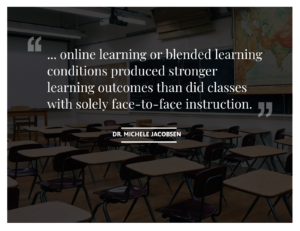
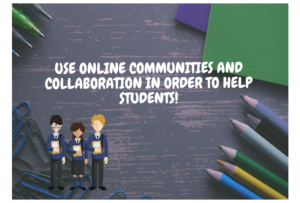

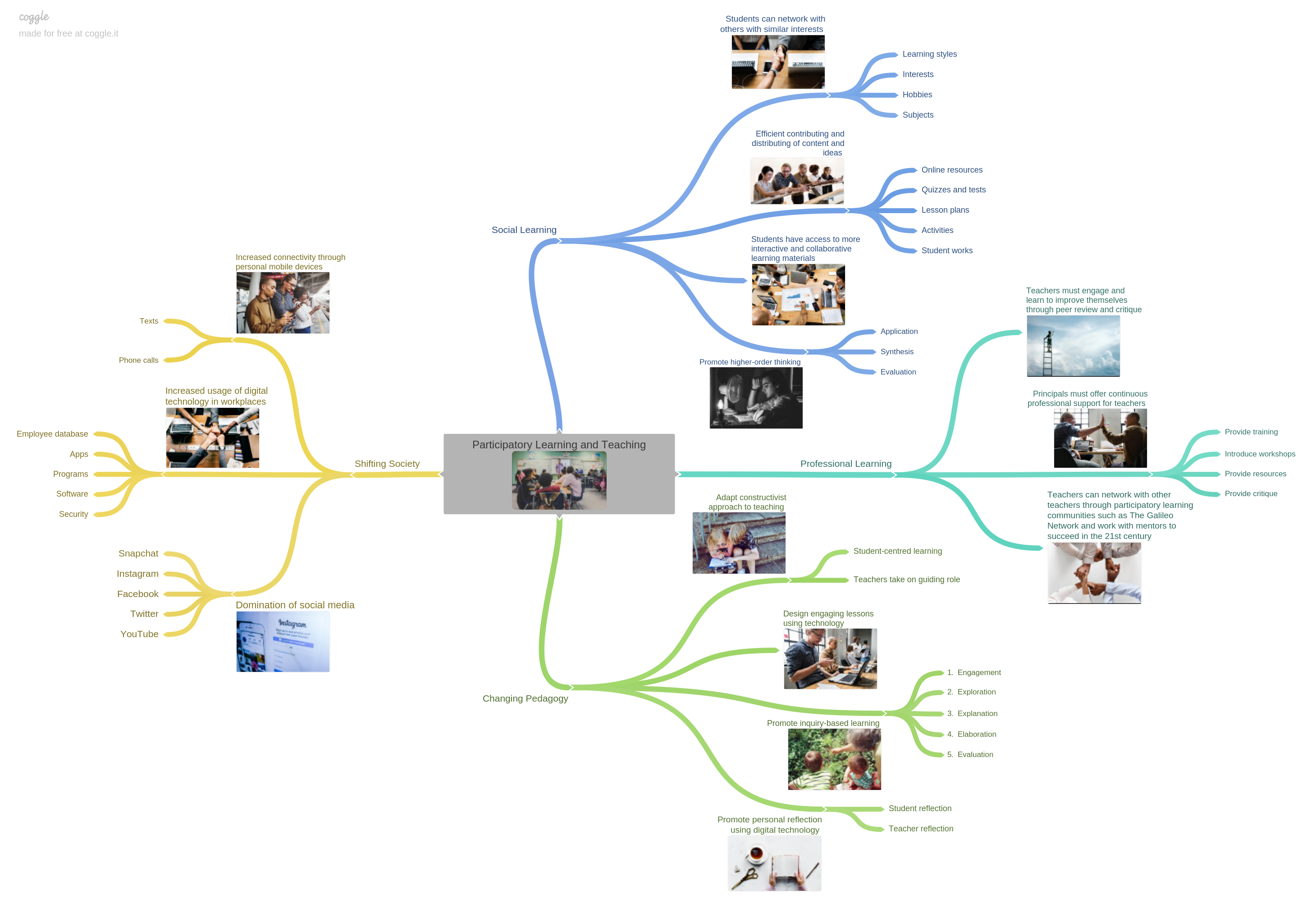
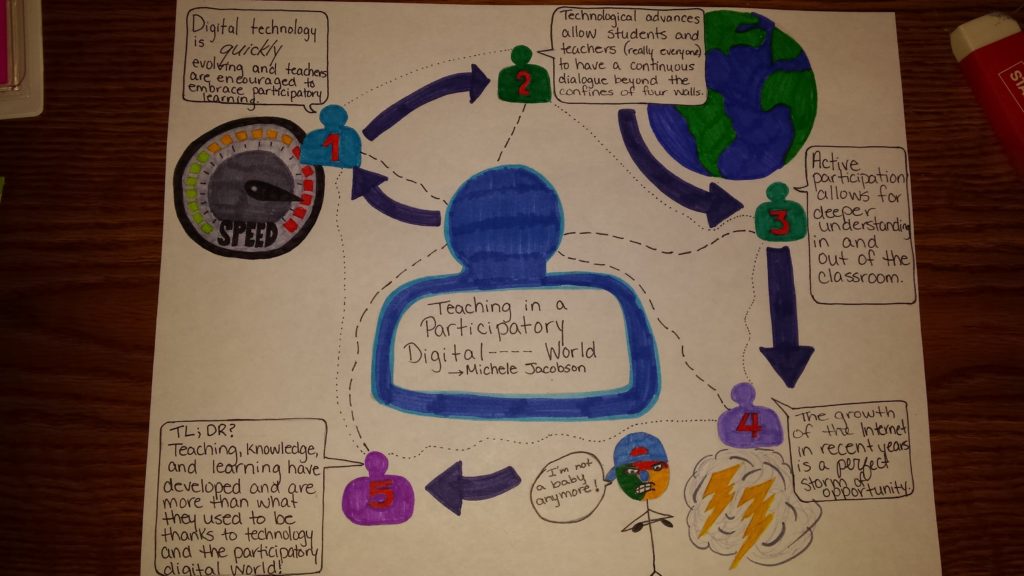
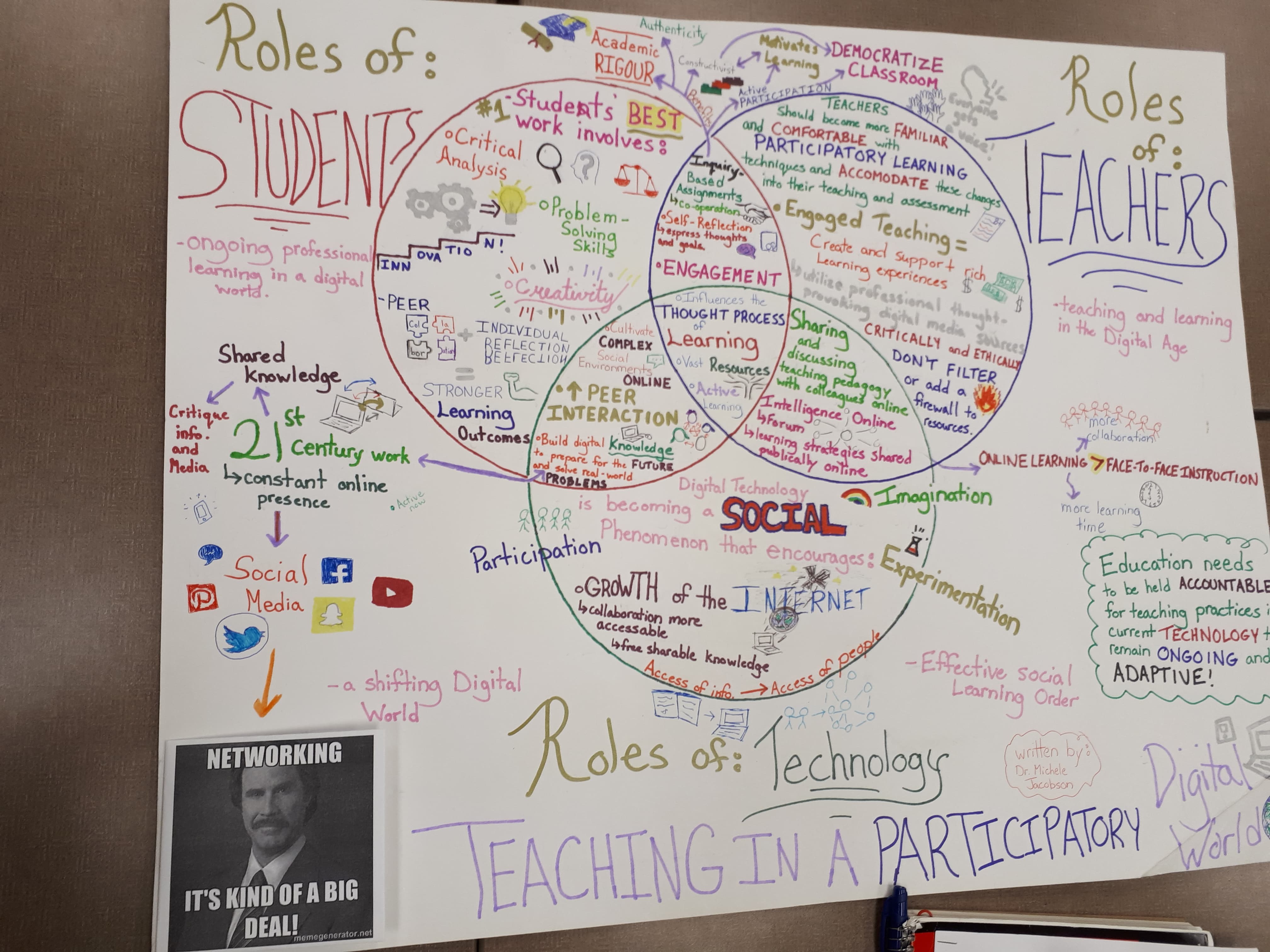

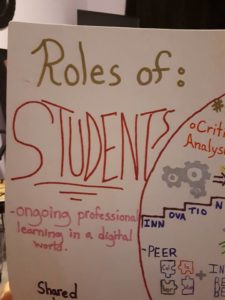
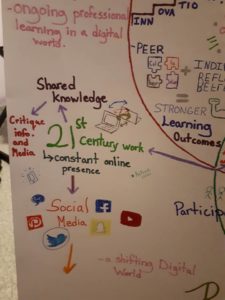
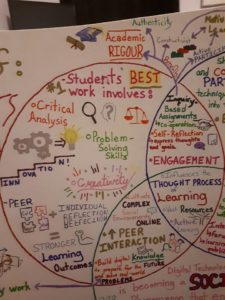




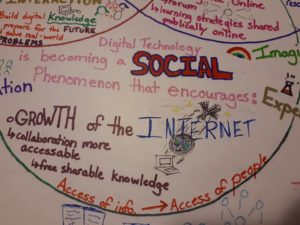
 <— Tech and students
<— Tech and students <—-tech and teachers
<—-tech and teachers 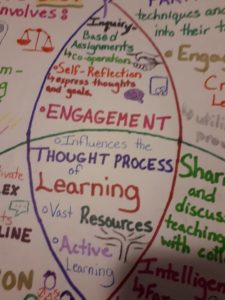 <– all three
<– all three